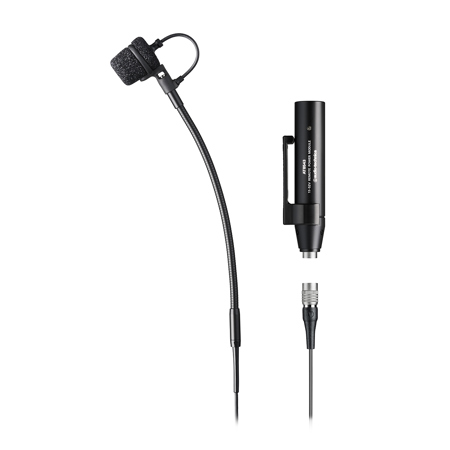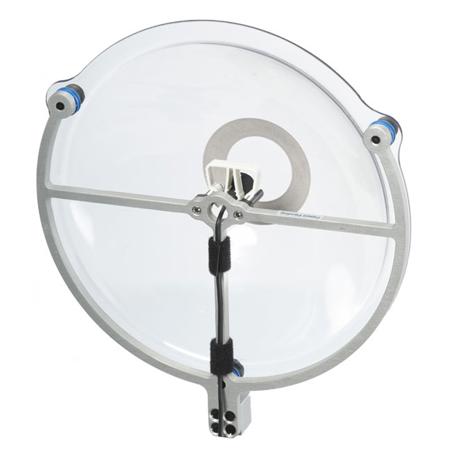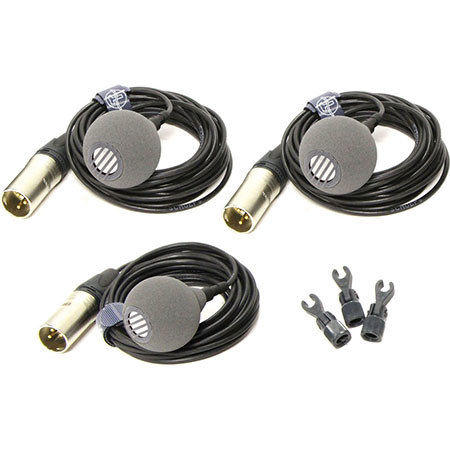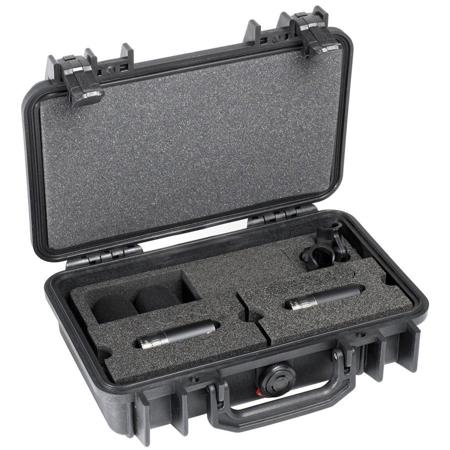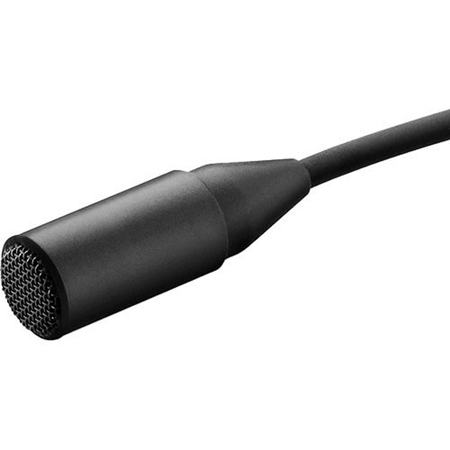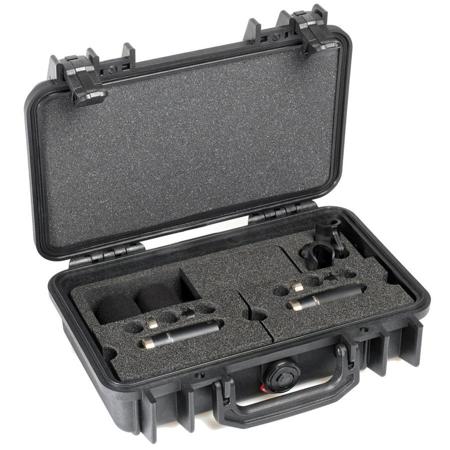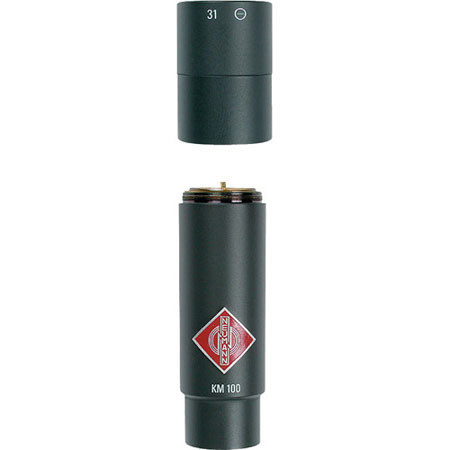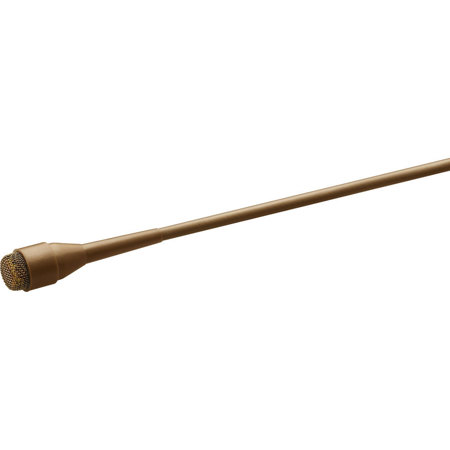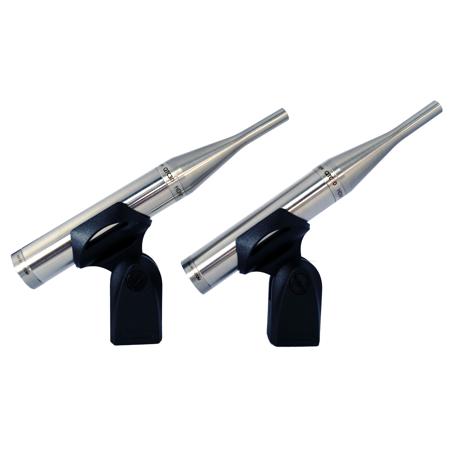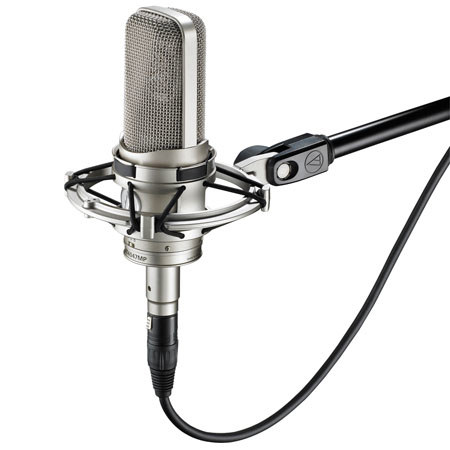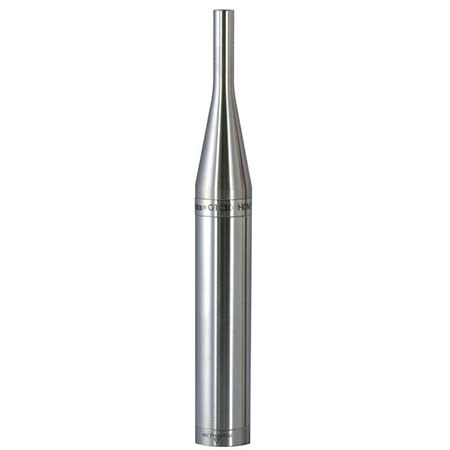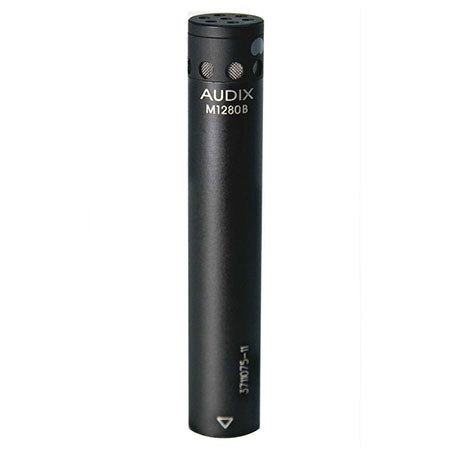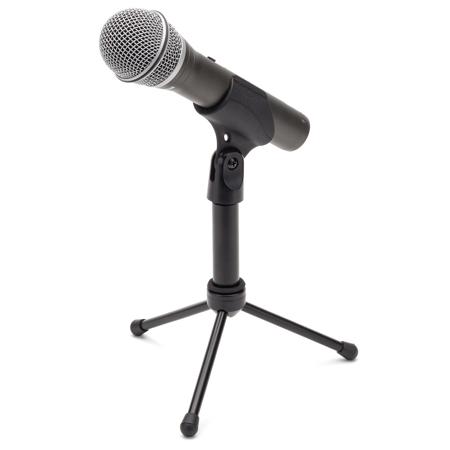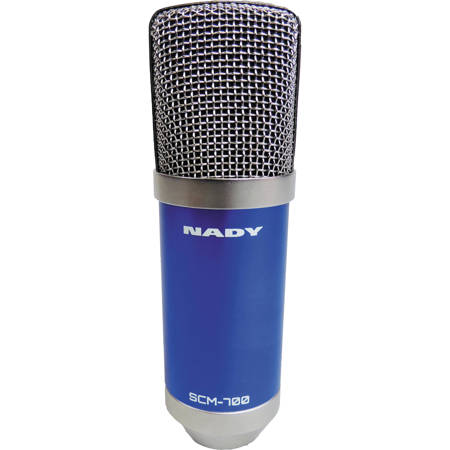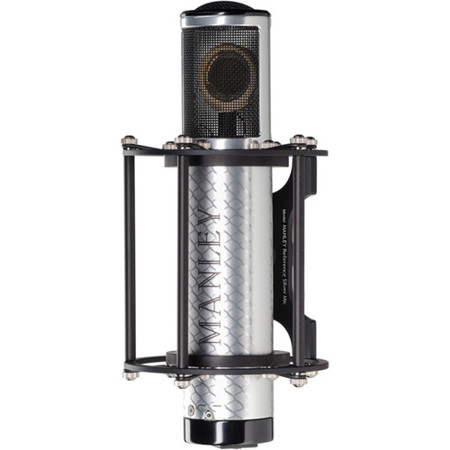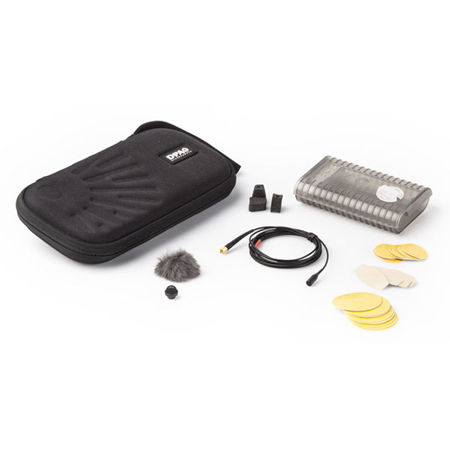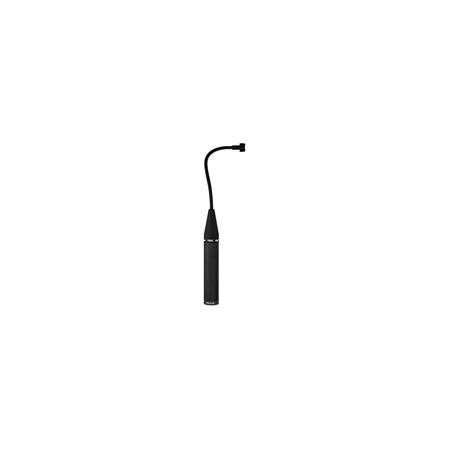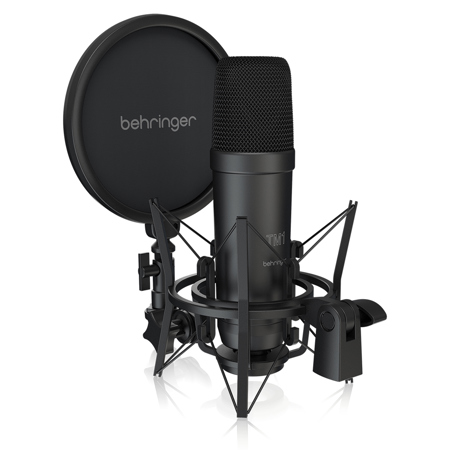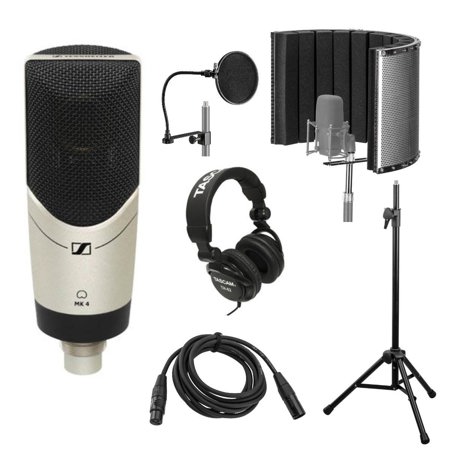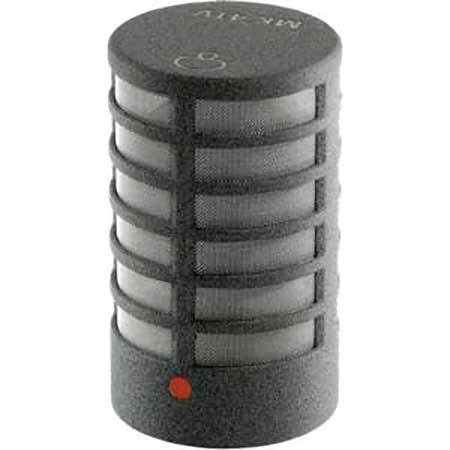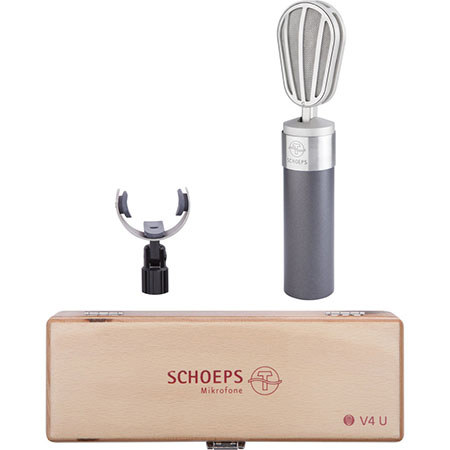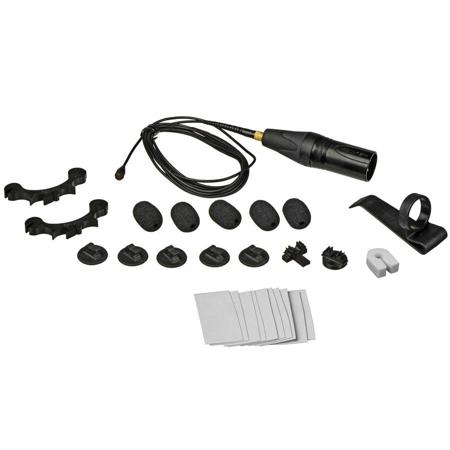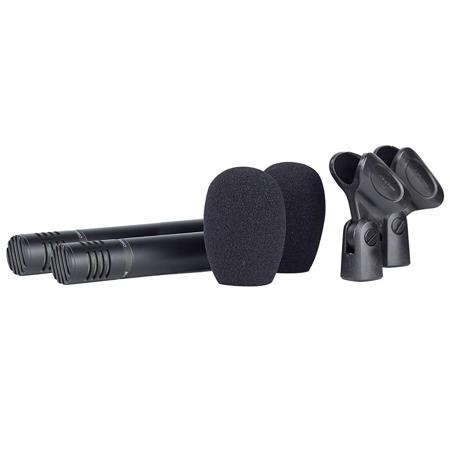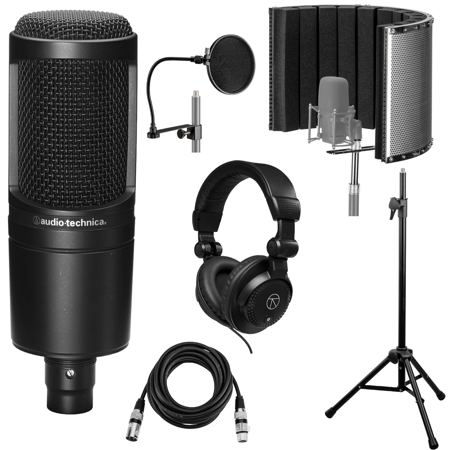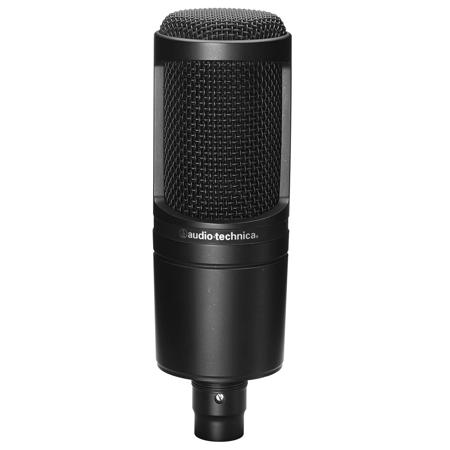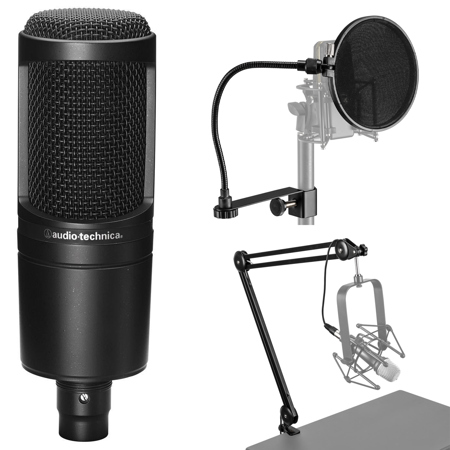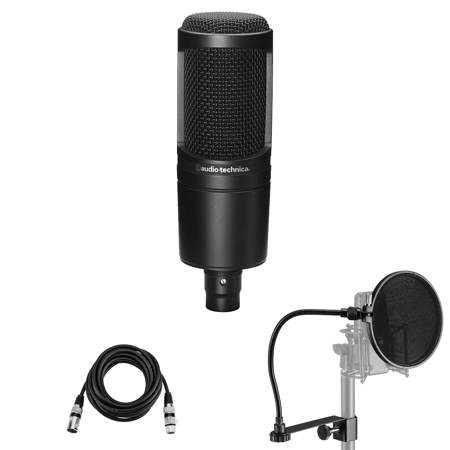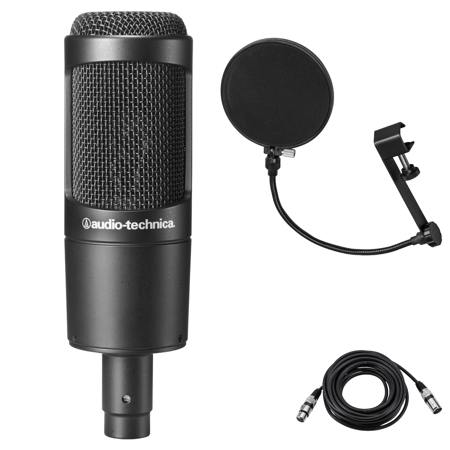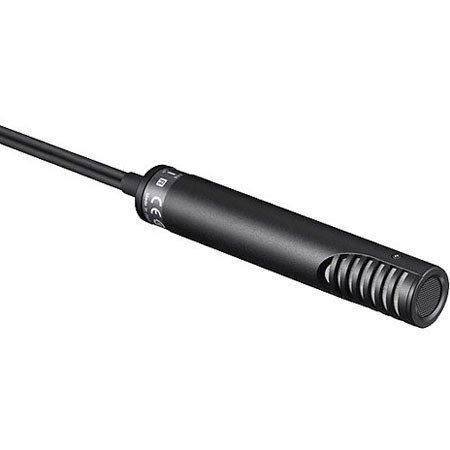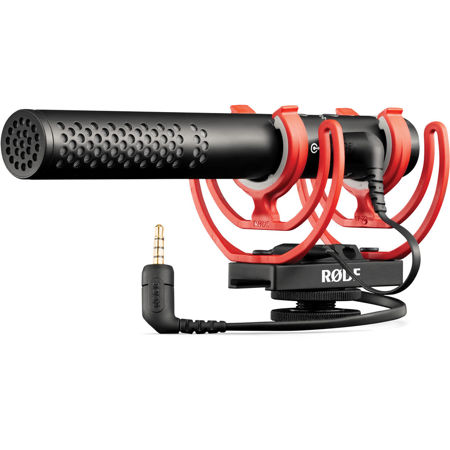String Quartet Recording Microphone
Capturing the nuanced interplay of a string quartet requires microphones that deliver both detail and warmth, preserving the ensemble’s delicate balance while rendering the full emotional spectrum of each performance. Whether you’re a seasoned audio engineer, a classical musician seeking to record your ensemble’s next album, or a passionate hobbyist eager to immortalize a live chamber concert, the right microphones can make all the difference. The process often begins with understanding the unique sonic signature of string instruments—violins, violas, cellos—each with their own timbral characteristics. Small-diaphragm condenser microphones are a favored choice for their ability to capture the bright, articulate upper registers of violins and violas, especially when used as spot mics or in stereo pairs for a spacious, immersive image. For those seeking a rounder, more natural sound that tames the sometimes piercing transients of strings, ribbon microphones are a classic option, lending a smoothness and depth that flatters the ensemble’s collective voice. Stereo ribbon mics or matched condenser pairs can be positioned above the quartet to capture a cohesive blend of direct sound and the room’s natural reverberance, preserving the intimacy and grandeur of the performance space—be it a concert hall, church, or even a cozy living room with autumn sunlight filtering through the windows.
Selecting microphones for string quartet recording is as much about artistry as it is about technical precision. The acoustics of the room, the arrangement of the players, and the intended mood of the recording all influence microphone choice and placement. Some engineers prefer the minimalist elegance of a single stereo mic setup, which can deliver an organic, unified sound with minimal phase issues—ideal for capturing the ensemble’s natural synergy. Others opt for a more detailed approach, using individual mics for each instrument combined with a dedicated room mic to blend in the character of the space. Polar patterns also play a vital role; cardioid and figure-8 microphones help isolate each instrument or capture the interplay between direct sound and ambient reflections, allowing for a tailored soundstage. This flexibility is especially valuable during the fall concert season, when many quartets perform in diverse venues, from historic theaters to intimate salons. For live performances or sessions in less-than-ideal acoustic environments, directional microphones with strong off-axis rejection help maintain clarity, ensuring that every bow stroke and harmonic glissando is faithfully rendered without unwanted background noise. These microphones also make thoughtful gifts for music educators, recording students, or anyone passionate about preserving the beauty of live chamber music. And for those looking to expand their toolkit for location work or environmental audio, our selection of Field Recording Microphones offers additional options for capturing sound in any setting. With the right microphones, every recording becomes an opportunity to relive the magic of a string quartet—each note, each breath, suspended in time.
Selecting microphones for string quartet recording is as much about artistry as it is about technical precision. The acoustics of the room, the arrangement of the players, and the intended mood of the recording all influence microphone choice and placement. Some engineers prefer the minimalist elegance of a single stereo mic setup, which can deliver an organic, unified sound with minimal phase issues—ideal for capturing the ensemble’s natural synergy. Others opt for a more detailed approach, using individual mics for each instrument combined with a dedicated room mic to blend in the character of the space. Polar patterns also play a vital role; cardioid and figure-8 microphones help isolate each instrument or capture the interplay between direct sound and ambient reflections, allowing for a tailored soundstage. This flexibility is especially valuable during the fall concert season, when many quartets perform in diverse venues, from historic theaters to intimate salons. For live performances or sessions in less-than-ideal acoustic environments, directional microphones with strong off-axis rejection help maintain clarity, ensuring that every bow stroke and harmonic glissando is faithfully rendered without unwanted background noise. These microphones also make thoughtful gifts for music educators, recording students, or anyone passionate about preserving the beauty of live chamber music. And for those looking to expand their toolkit for location work or environmental audio, our selection of Field Recording Microphones offers additional options for capturing sound in any setting. With the right microphones, every recording becomes an opportunity to relive the magic of a string quartet—each note, each breath, suspended in time.
